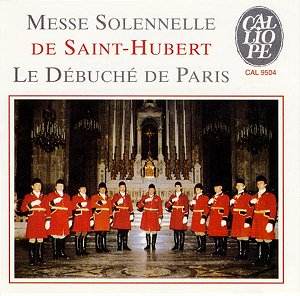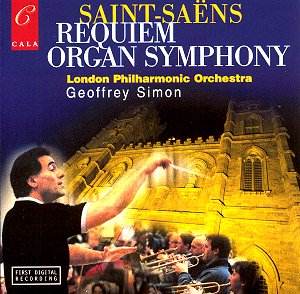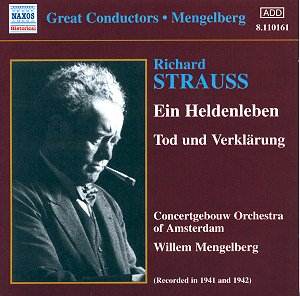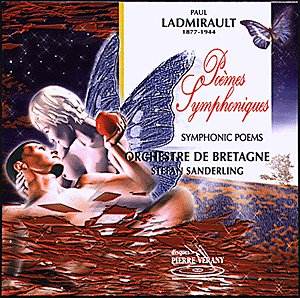 Composer: Various
Composer: Various
Works: Messe Solenelle de Saint Hubert, Ceremonial de la Venerie, Les Sonneurs du Bien Allé de Compiègne et nos amis du Point du Jour de Soissons
Performers: Various brass ensembles
Recording: Recorded 1981 in St. Eustace, Paris (Disc 1), 1969 & 1978 in Paris (Disc 2), and 6/96 (Disc 3)
Label: Calliope
The three-disc set “Fanfares and Hunting Music for Brass” presents a fascinating yet polarizing exploration of brass repertoire linked to the traditions of hunting music in France. This collection, while showcasing the unmistakable vigor and exuberance of brass instruments, offers a deeply entrenched sense of historical and cultural context essential for understanding the music that celebrates the hunt, known as venery. The works range from the stately “Messe Solenelle de Saint Hubert,” which reverently honors St. Hubert, the patron saint of hunters, to the more exuberant “Ceremonial de la Venerie,” and the lively “Les Sonneurs du Bien Allé,” each steeped in the rich heritage of French hunting culture.
The performances across all three discs demonstrate a remarkable technical prowess, characterized by a forthright and assertive playing style reminiscent of the brass sections of the Paris Conservatoire Orchestra from the mid-20th century. However, this very assertiveness can become overwhelming, particularly for listeners unaccustomed to the wide vibrato and sheer volume that permeate these recordings. The uniformity of timbre throughout the brass sections, while indicative of a specific French aesthetic, can lead to a somewhat monotonous auditory experience. The lack of variety in instrumental color across the discs may deter those who seek a more nuanced interpretation of the repertoire.
Notably, the sound quality undergoes a notable evolution from the earlier recordings to the third disc, which was created with digital technology. The clarity and balance in disc three enhance the listening experience significantly, allowing the intricate interplay of the brass lines to emerge more vividly. The engineering on the later recording captures the richness of the brass sound while providing an improved spatial awareness that was less evident in the earlier analog recordings. It is a testament to the advancements in recording technology that one can discern the lush textures and dynamic contrasts that define the repertoire.
Comparatively, while these performances are undeniably virtuosic, they may lack the interpretative depth that some of the more famous recordings of hunting music possess. For instance, the interpretations by the likes of the Orchestre de Paris or even the brass sections of the Berlin Philharmonic might provide a richer palette of tonal colors and emotional nuance, inviting the listener into a more varied musical landscape. The choice to present these works in their entirety, as opposed to selectively curating highlights, might also contribute to the sense of fatigue that can arise during the listening experience.
The overall assessment of “Fanfares and Hunting Music for Brass” is one of a niche appeal, serving as both a celebration and a challenge. While the technical skill and historical context are commendable, the overwhelming nature of the sound and the lack of interpretative variety may alienate broader audiences. This collection will likely resonate more with aficionados of brass music and the hunting tradition than with casual listeners. As such, Calliope’s decision to bundle these works together could be seen as both a bold marketing strategy and a potential deterrent for those seeking a more selective listening experience.



